Expanding barriers, disrupting traffic
On the 29th of the Lunar New Year (February 8), the entire Nguyen Van Linh - Nguyen Huu Tho intersection was barricaded to construct the central tunnel. The Department of Transport banned all vehicles from Nguyen Huu Tho Street to cross Nguyen Van Linh Street at the Nguyen Van Linh - Nguyen Huu Tho intersection. Instead, trucks from District 7 to Nha Be District following Nguyen Huu Tho Street will turn right onto Nguyen Van Linh Street (2 car lanes), turn around at the location before Tu Dinh Bridge or before the toll booth to enter Nguyen Van Linh Street and then turn right on Nguyen Huu Tho Street. Motorbikes and cars follow the route Nguyen Huu Tho Street - turn right on Nguyen Van Linh Street (2 mixed lanes) - turn around on the service road under Ong Lon Bridge - Nguyen Van Linh Street - turn right on Nguyen Huu Tho Street.
The news of the intersection closure has made many people living in District 7 and Nha Be District worried before returning to Ho Chi Minh City after the Tet holiday because this area is often congested. Closing the intersection 24/7 and getting stuck in traffic is a prospect that most drivers who regularly travel to this area are worried about. However, in reality, over the past half month, the traffic situation at the Nguyen Van Linh - Nguyen Huu Tho intersection has been relatively stable.
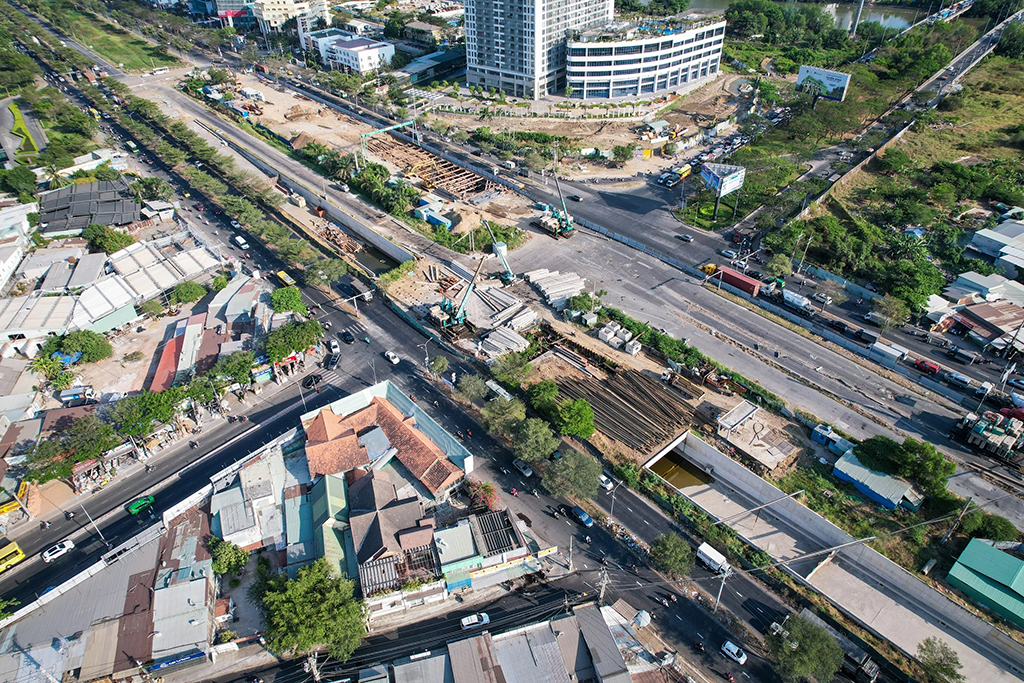
Closing the Nguyen Van Linh - Nguyen Huu Tho intersection is the most difficult "problem" for traffic regulation in Ho Chi Minh City today.
The situation of cars lining up from the intersection with the East-West Road (Phuoc Kien Commune, Nha Be) through Rach Dia 2 Bridge to the intersection area has decreased significantly compared to before. From Tan Son Nhat Airport to Phuoc Kien at 7:00 p.m. on the 8th (February 17), Ms. Mai Duong was worried about traffic jams while driving. However, just arriving at the Lotte supermarket on Nguyen Huu Tho Street, the taxi driver suddenly turned right onto the inner road of Him Lam urban area, then followed the direction of D4 Street, went to D1 along the riverbank, passed the service road under Ong Lon Bridge. The whole road was clear, the cars ran smoothly.
"Turn this way for a clear view, go straight to Nguyen Van Linh and then turn around, you'll be stuck with containers. Also, I'm sure everyone hasn't come yet, we'll have to wait until next week to fully absorb it," the driver said slowly.
Thinking the same, on the first day back to work on Monday morning (February 19), Ms. Mai Duong left home at 7:30, knowing that it was rush hour so she had to leave 30 minutes earlier than usual. However, the whole route was very convenient. At each intersection, there were police officers to guide and regulate.
In the opposite direction, returning home during the afternoon rush hour, the Kenh Te bridge area extending Nguyen Huu Tho still had a lot of traffic, but there was no congestion. Ms. Duong chose to go straight to D6 road near Ton Duc Thang University and then join D1 road. Near the toll booth, the traffic started to slow down but there was no congestion. The total time for the return trip was nearly 15 minutes longer than before, if I had gone at rush hour. "These past few days, I have had to go at many different times but I have never seen the traffic jams I thought I would, but I will have to arrange to go earlier because the distance is longer," said Ms. Mai Duong.
Motorbikes and cars are "easy to breathe", but container trucks often have to queue up on the road at this time, especially from the toll station stretching for 3 km along Nguyen Van Linh route. "The traffic jam from Binh Chanh to District 7 lasts for a long time every day. During rush hour, people sometimes have to queue up for nearly 2 hours to move 2 km to Pham Hung intersection. This area was already congested before, now it's even more congested. I just hope that when the intersection is closed, the construction agencies will quickly build an underpass and an exit to clear the way," said Phan Van Trong, a container truck driver who regularly drives this route.
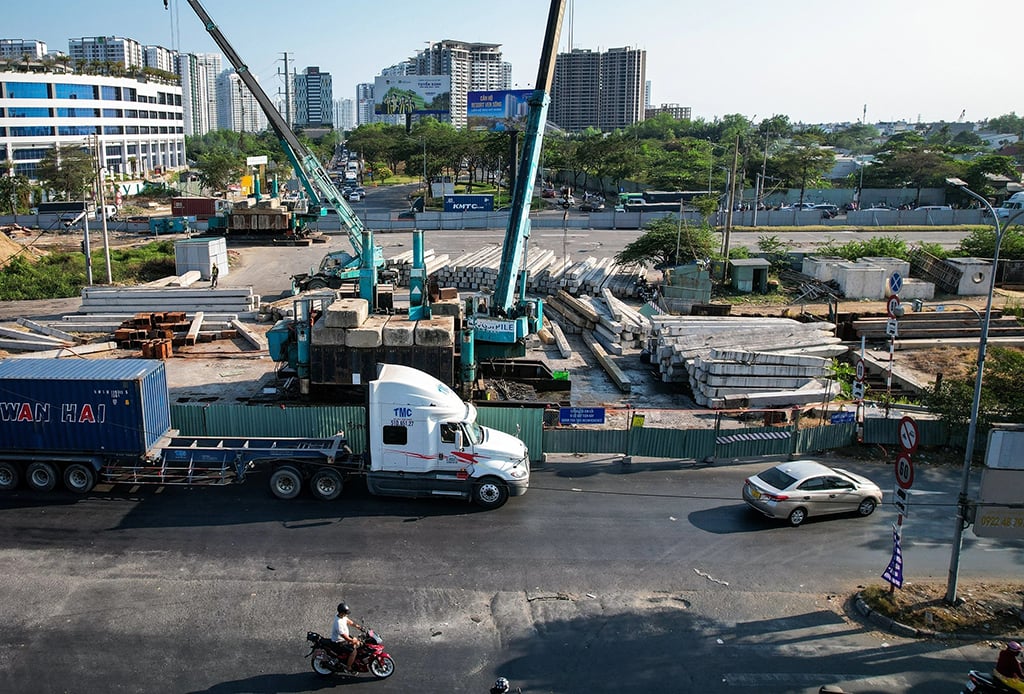
Closing the Nguyen Van Linh - Nguyen Huu Tho intersection is the most difficult "problem" for traffic regulation in Ho Chi Minh City today.
In the same suffocating situation because of bunkers, in the days approaching the Lunar New Year 2024, the traffic volume has increased, causing frequent congestion at the gateway to Tan Son Nhat airport. The series of roads surrounding the airport such as Cong Hoa, Truong Chinh, Hoang Van Thu, Pham Van Bach... (Tan Binh District) are already overloaded, now even more crowded because the intersection of Tran Quoc Hoan - Phan Thuc Duyen (Ward 2, Tan Binh District) is the starting point of the Tran Quoc Hoan - Cong Hoa connecting road, which is currently under construction of package number 9 of the Tran Quoc Hoan - Cong Hoa connecting road project. The barrier occupies more than half of the road, making it even more difficult for vehicles to move and crowded.
It is expected that from February 24, the contractor will expand the existing barrier on Phan Thuc Duyen Street (on Thang Long Street side) to Tran Quoc Hoan Street by 13.5 m to construct an underpass through Tran Quoc Hoan Street. The initial phase of expanding the barrier will reduce the existing 5-lane Tran Quoc Hoan Street to 3 lanes, increasing the risk of traffic pressure.
Will minimize impact on people
A representative of the HCM City Traffic Construction Investment Project Management Board (Traffic Board) said that when expanding the barrier to construct the Tran Quoc Hoan - Phan Thuc Duyen underpass, the units will install a temporary 5-lane overpass on the route to relieve the pressure of vehicles exiting from the direction of Tan Son Nhat airport. The plan is that from February 25 to April 25, contractors will build a temporary bridge on Thang Long Street, 66 m long, 14 m wide, 3 lanes. Next, from April 25 to June 25, a second temporary bridge will also be constructed with a scale of 2 lanes, 100 m long, 9 m wide towards Hoang Van Thu park for vehicles to pass through. From June 25 to December 31, the investor will complete the construction of the entire closed tunnel with a scale of 79 m long, 5 - 9 m wide.
Talking to Thanh Nien , Mr. Nguyen Kien Giang, Deputy Head of the Department of Road Traffic Infrastructure Management and Exploitation under the Ho Chi Minh City Department of Transport, said: The construction unit will not immediately expand the barrier by 13.5 m but divide it into 3 phases: from February 25, the barrier will be opened, occupying about 5 m of the cross-section; when people get used to it, on February 28, they will continue to fence another 5 m, and then on March 1, the barrier will cover the 13.5 m of the cross-section that needs to be occupied. At that time, people will have time to get used to it, change traffic direction, and avoid sudden disruptions. At the same time, during the process of closing the barrier, the road expansion construction has been and is being carried out continuously, so when the project occupies 13.5 m of the road surface, it will still meet the traffic of 3-4 lanes, not to mention adding an overpass.
According to Mr. Nguyen Kien Giang, if comparing the number of construction barriers in Ho Chi Minh City this year, it is lower than last year, however, these are all key projects, to speed up construction requires a large land occupation rate. At the same time, the projects are mainly concentrated at gateways, "throat" areas, so it puts a lot of pressure on traffic regulation.
Therefore, the HCM City Department of Transport coordinates with the Traffic Department, the Traffic Police and related units to closely monitor and set up quick response teams in each area to promptly adjust and handle any inadequacies, even the smallest ones, from the length of the median strip to the duration of traffic lights, dividing the number of vehicles turning around... At the same time, prioritize the plan based on the network. For example, speeding up the Tran Quoc Hoan - Cong Hoa route because with the underpass, the project to expand Truong Chinh Street when barricaded will reduce traffic pressure...
At this stage, key projects to expand and connect the city's gateways are accelerating, inevitably affecting people's lives. The transport sector will minimize traffic congestion at occupied locations. We hope that people will sympathize, share, and create conditions for the projects to be completed soon and effectively.
Mr. Nguyen Kien Giang , Deputy Head of Road Traffic Infrastructure Management Department, Ho Chi Minh City Department of Transport
Source link



![[Photo] Closing of the 11th Conference of the 13th Central Committee of the Communist Party of Vietnam](https://vstatic.vietnam.vn/vietnam/resource/IMAGE/2025/4/12/114b57fe6e9b4814a5ddfacf6dfe5b7f)



![[Photo] Overcoming all difficulties, speeding up construction progress of Hoa Binh Hydropower Plant Expansion Project](https://vstatic.vietnam.vn/vietnam/resource/IMAGE/2025/4/12/bff04b551e98484c84d74c8faa3526e0)
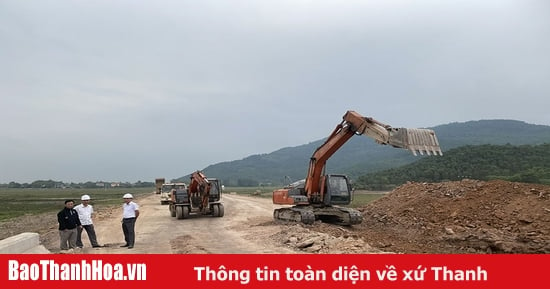

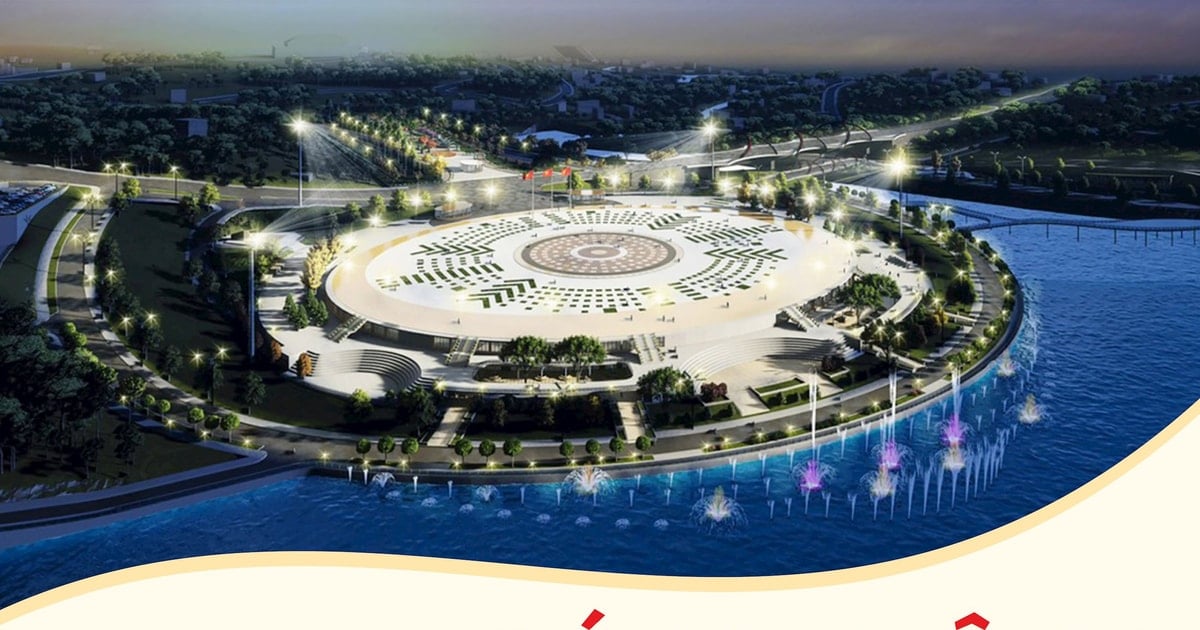

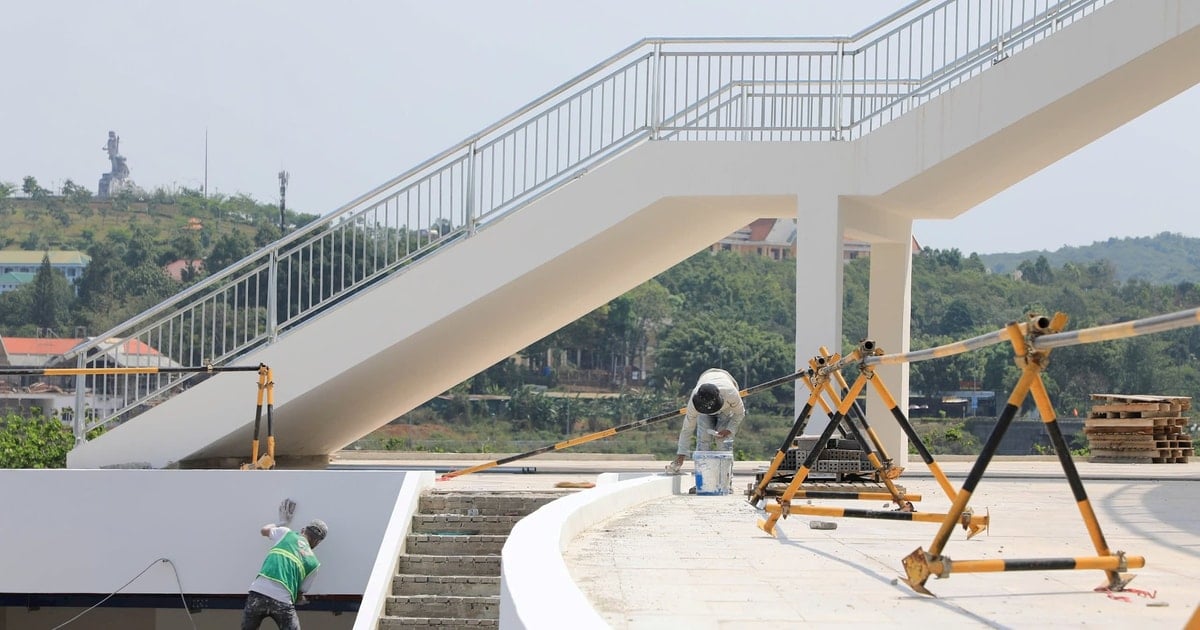
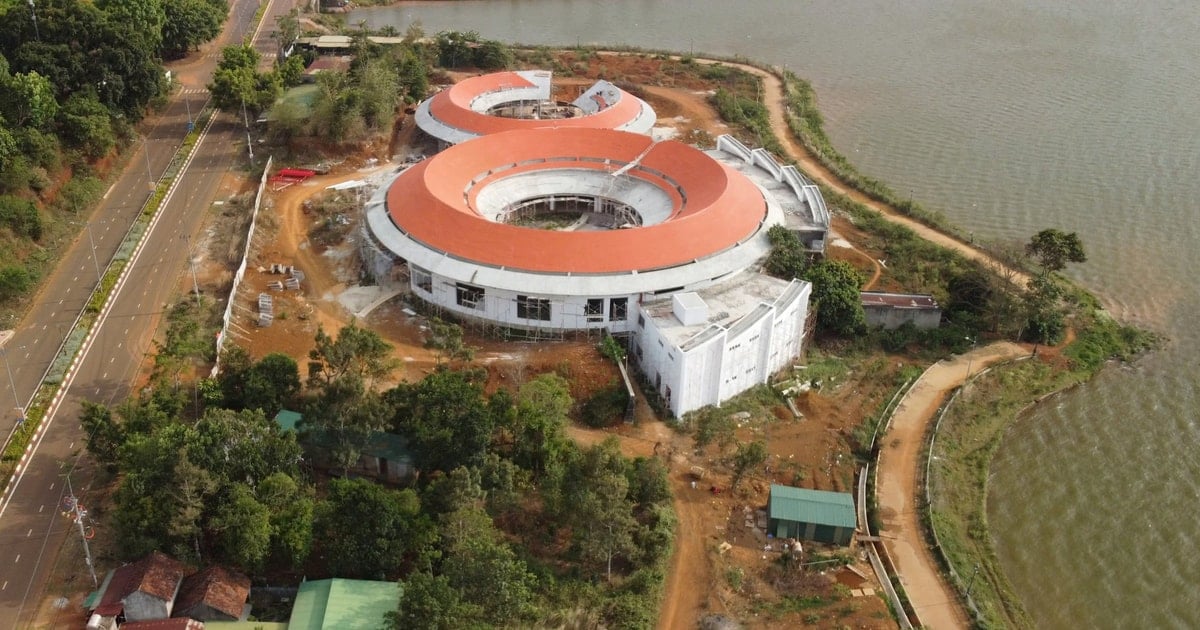
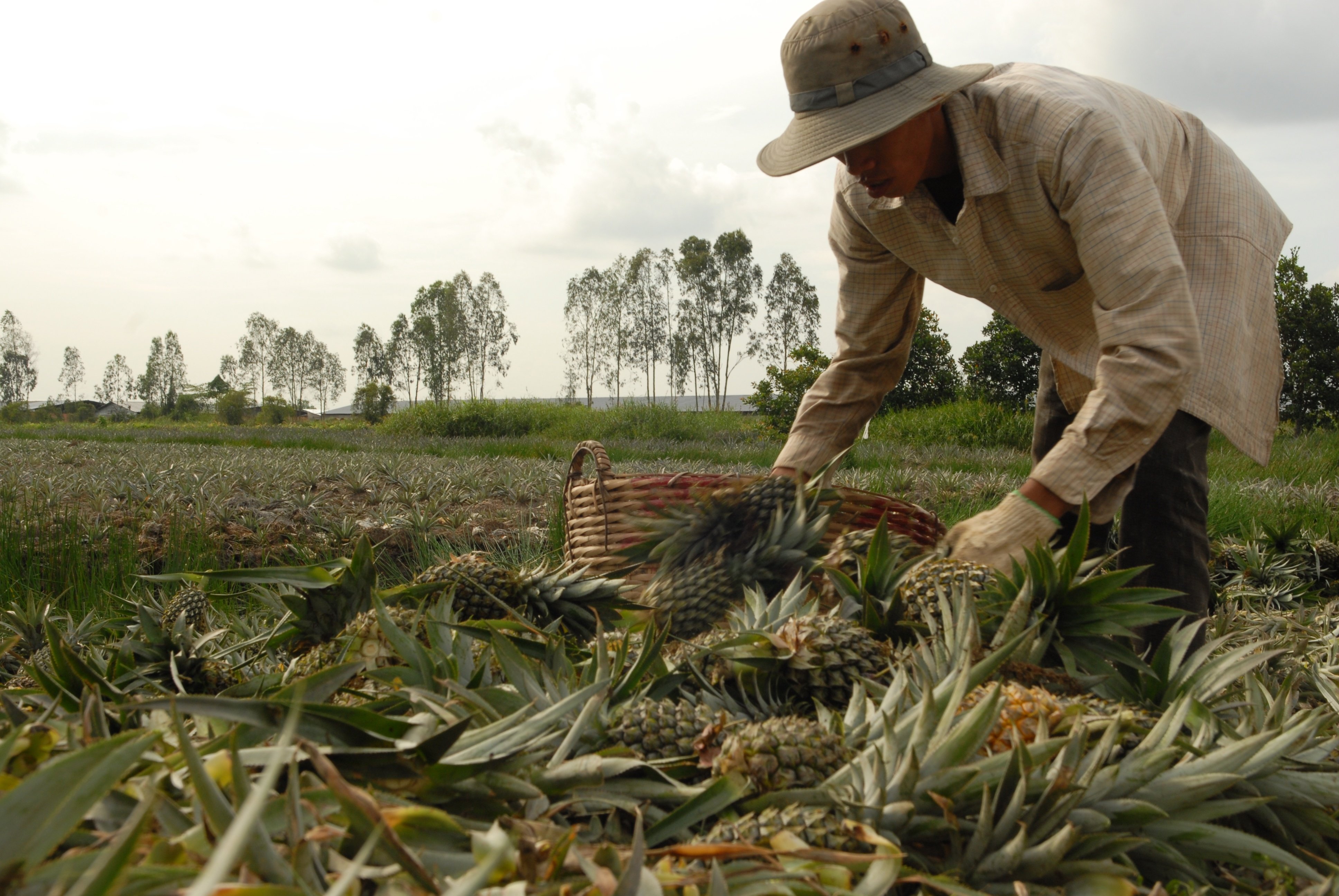
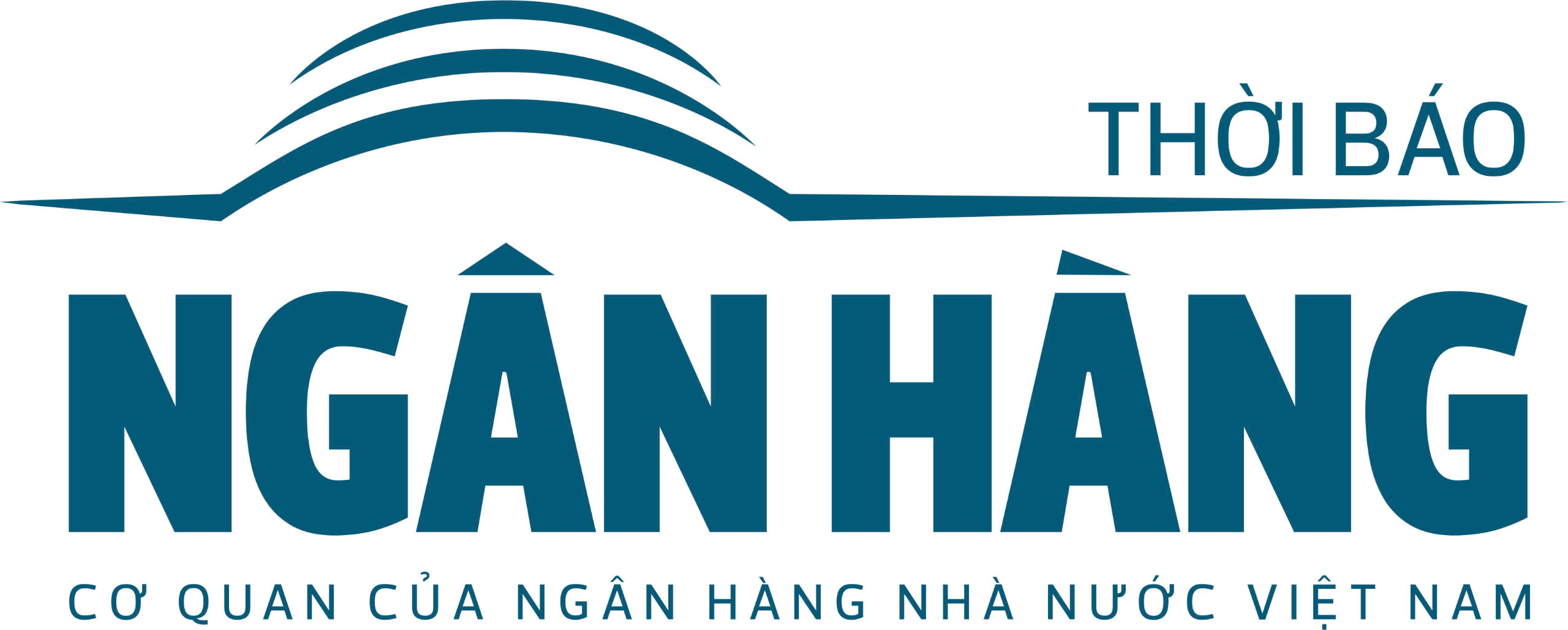


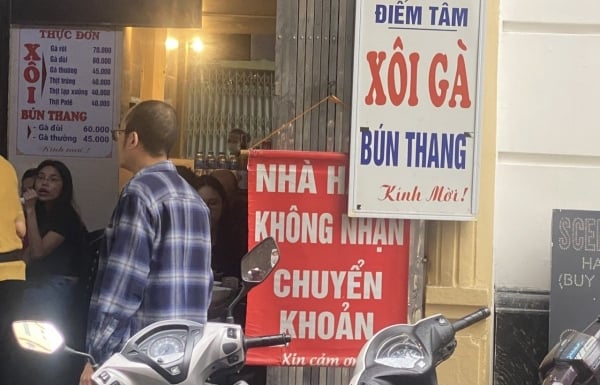

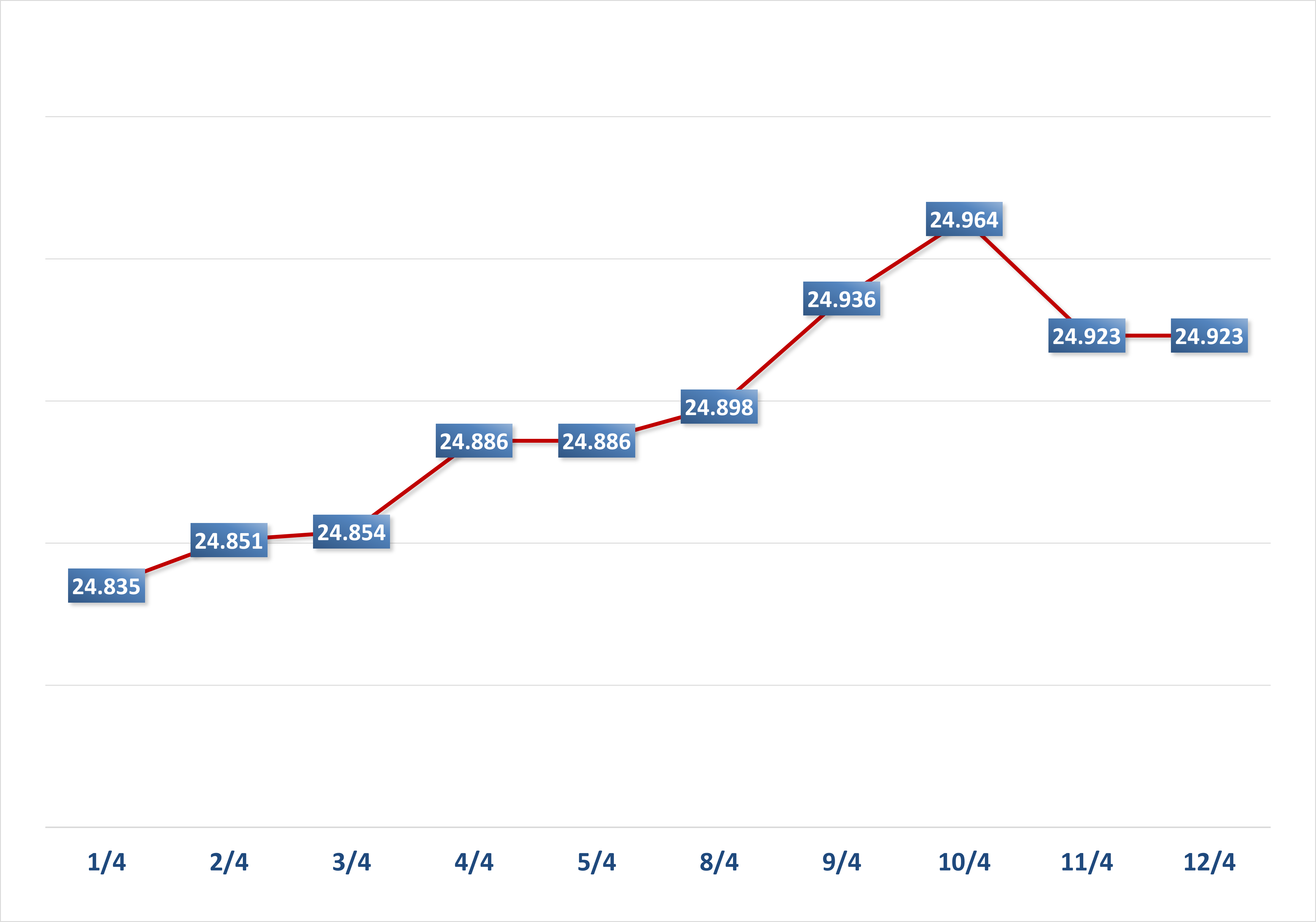


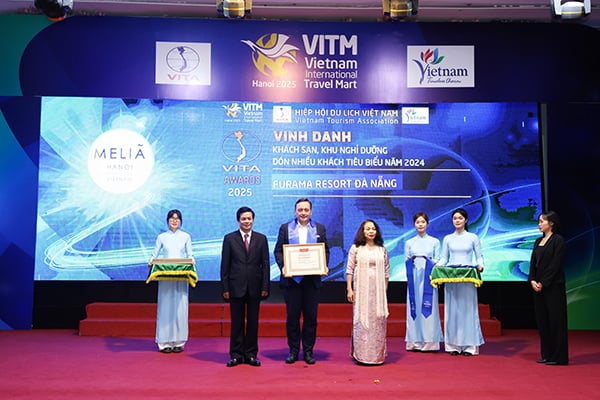




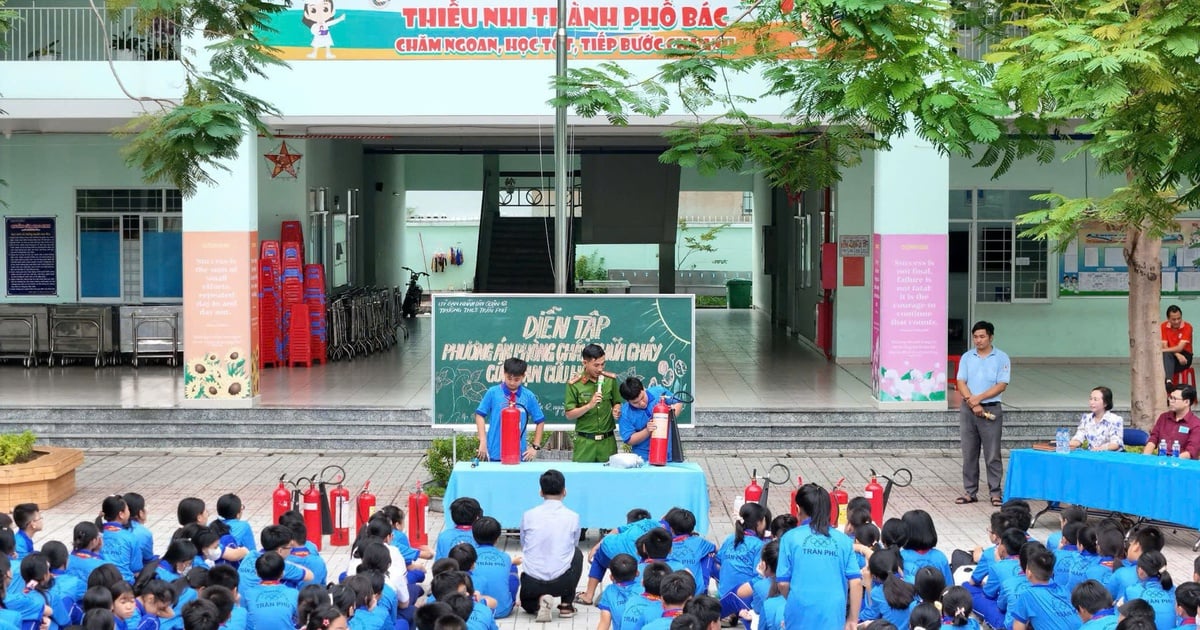
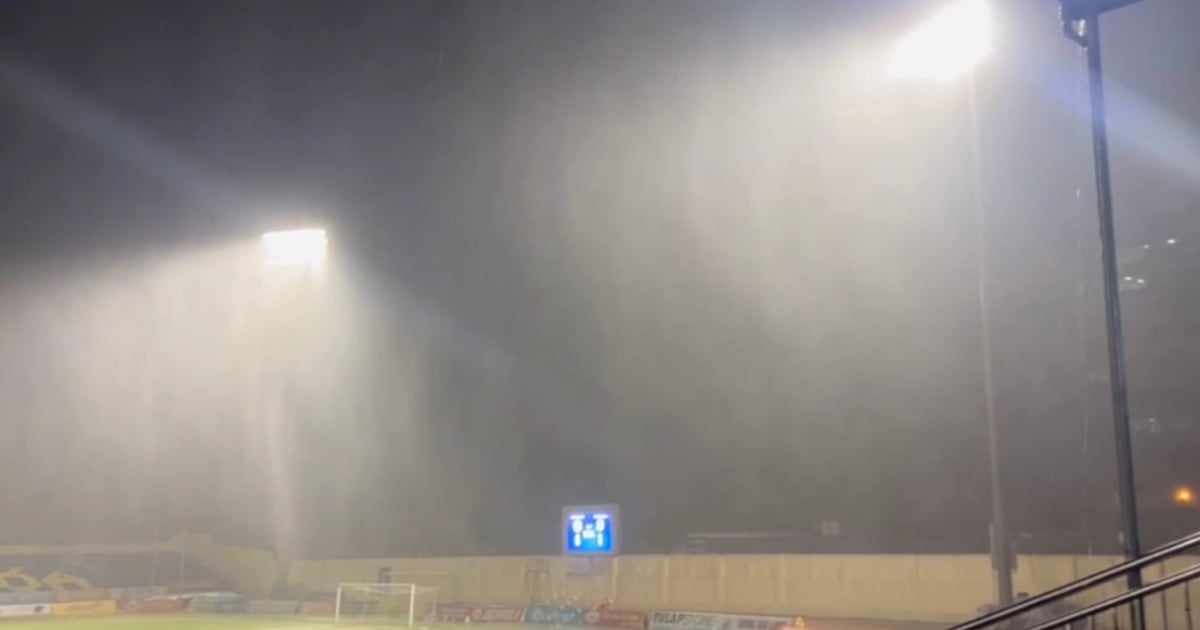
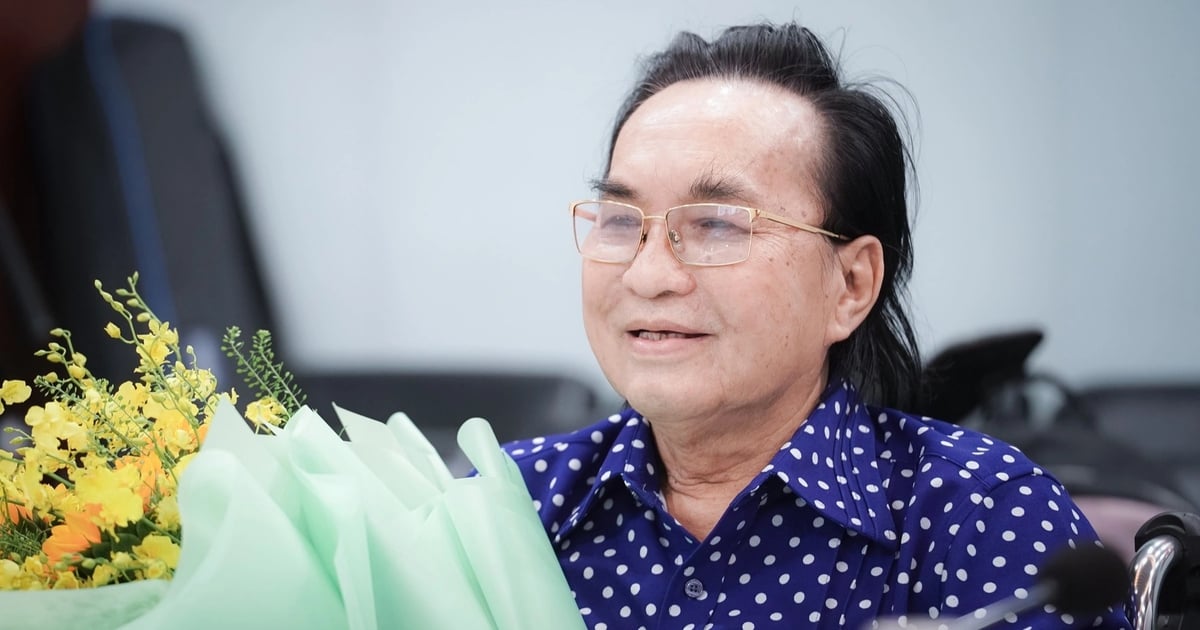














































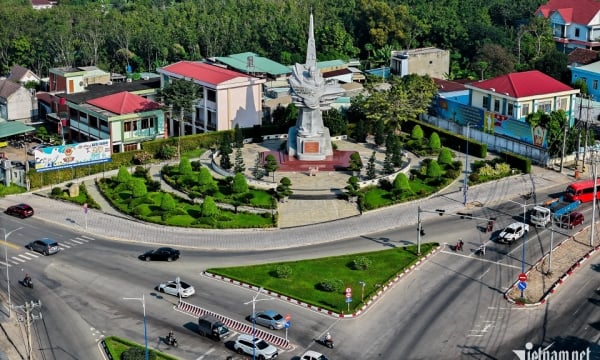
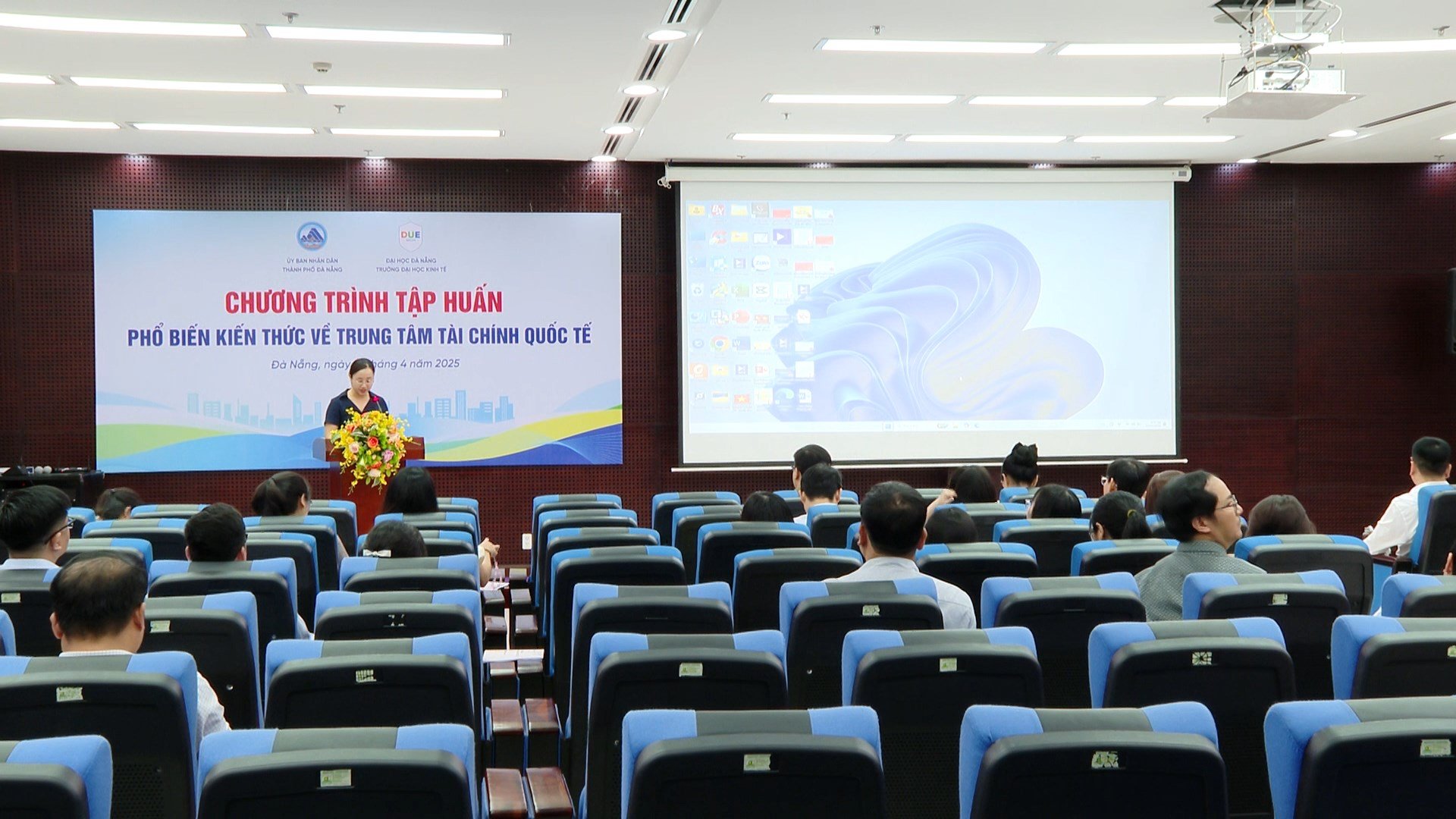
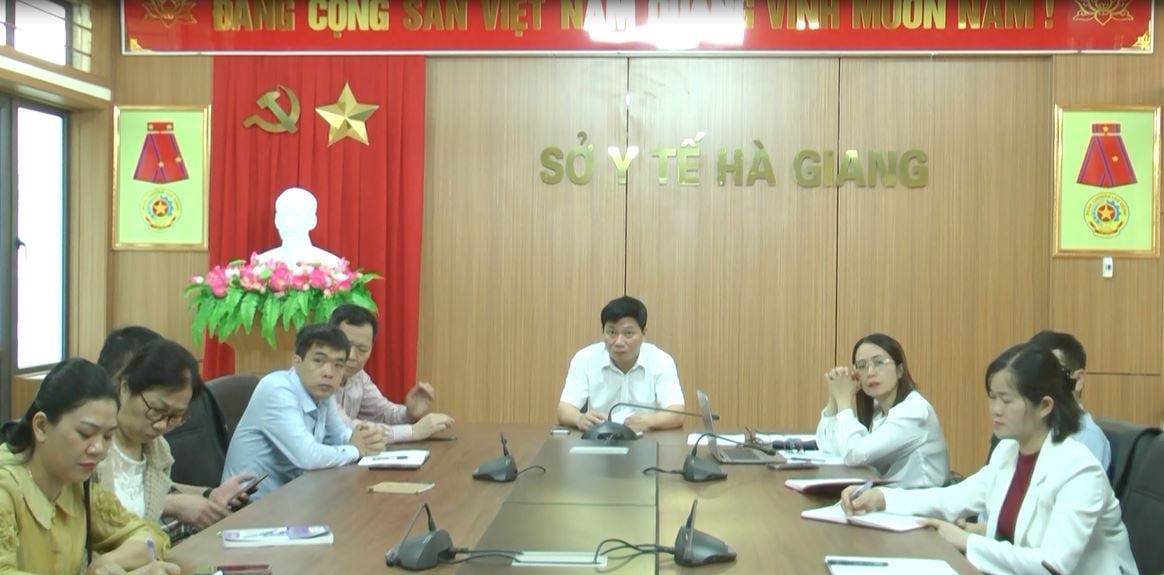


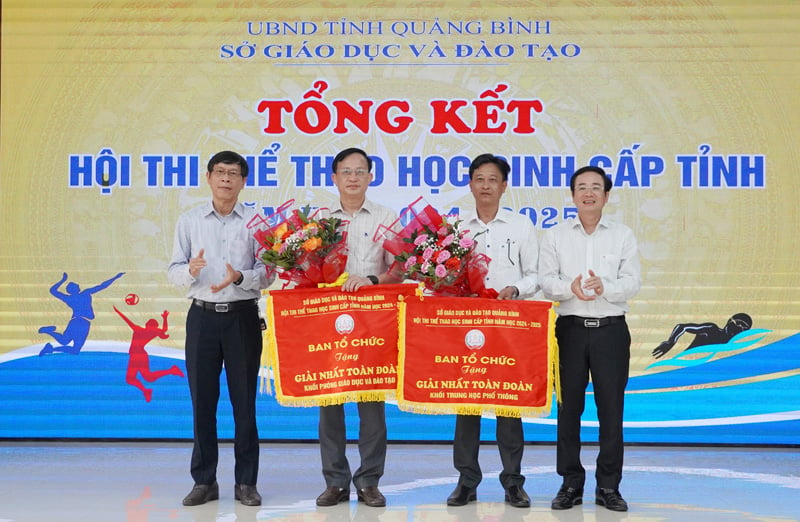












Comment (0)